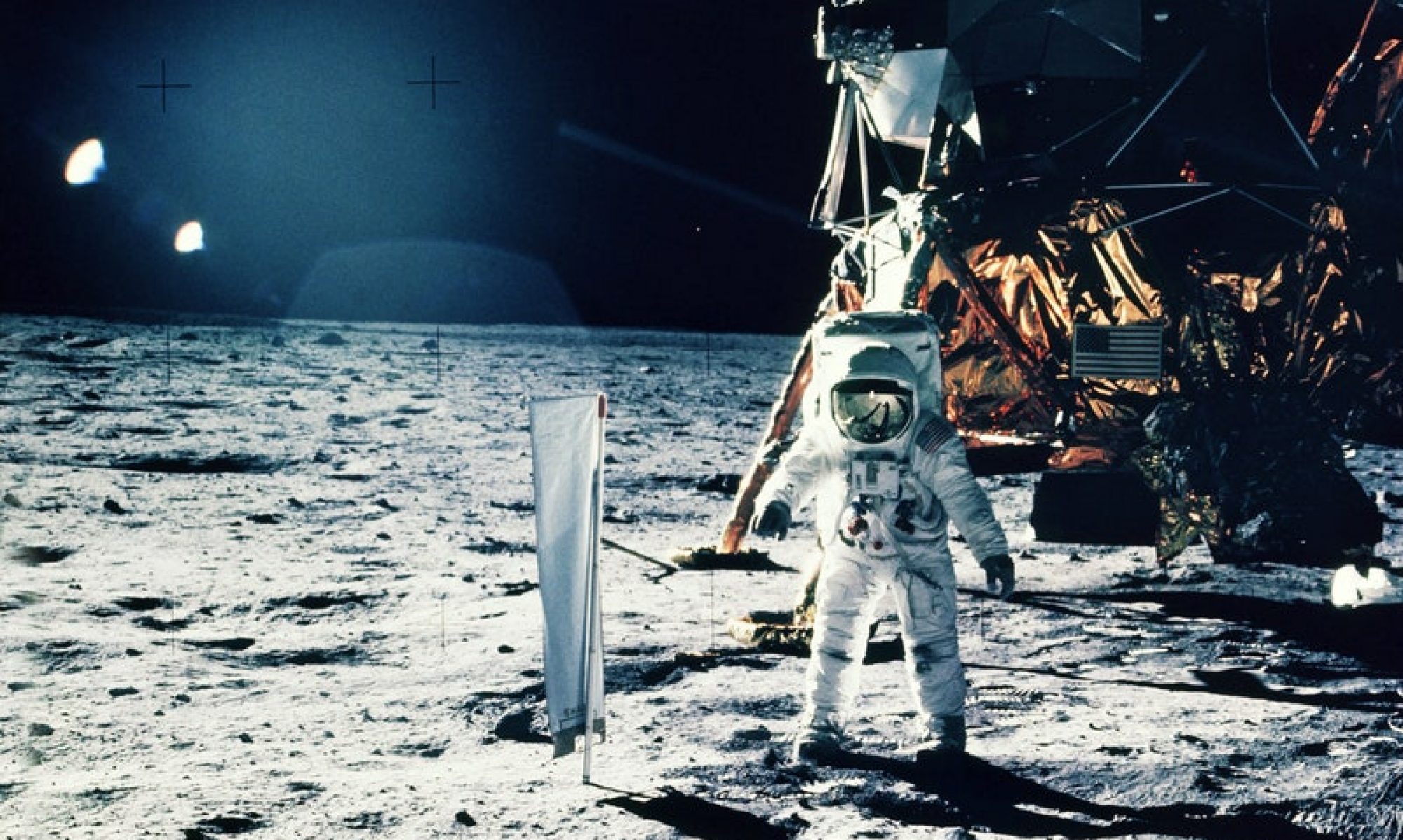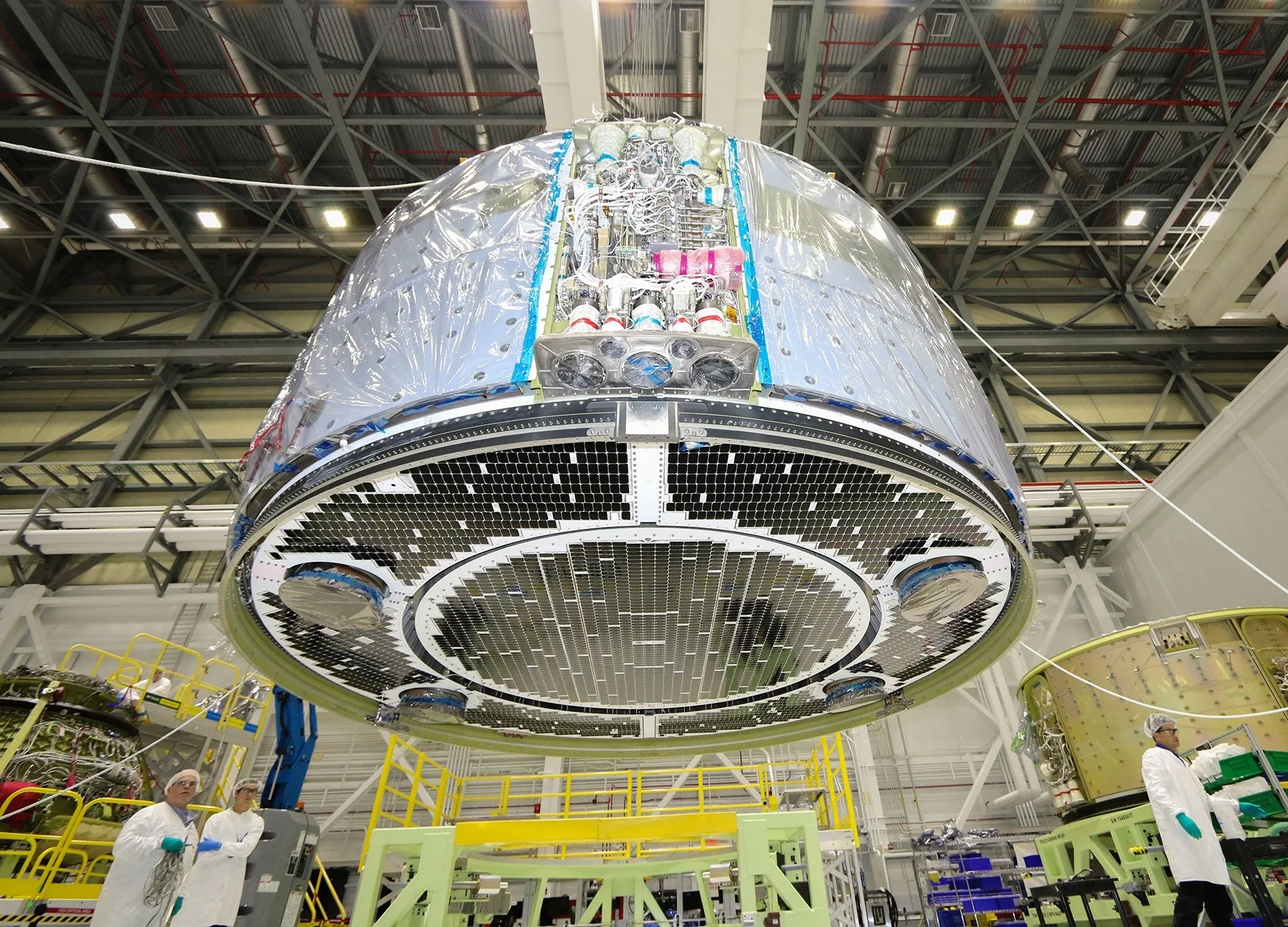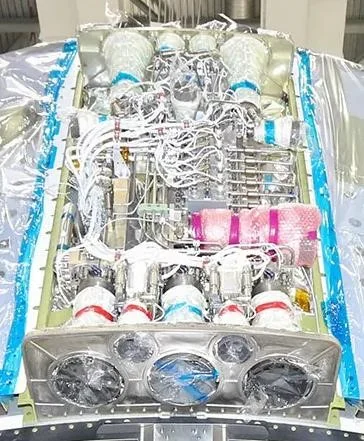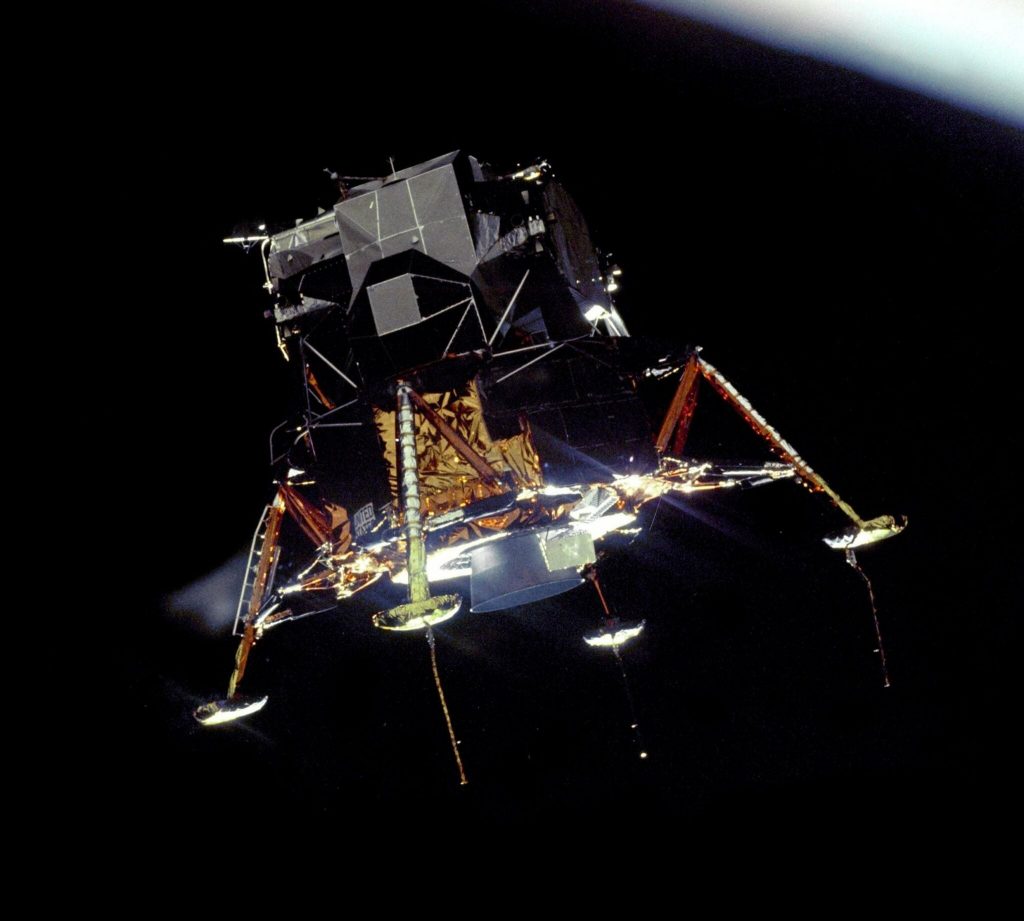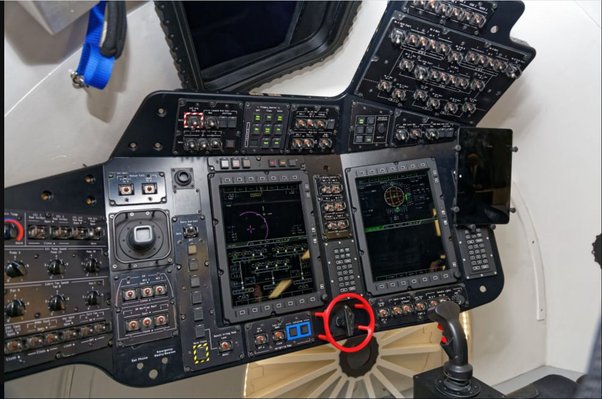When you’re floating in the vast expanse of space, thousands of miles from Earth, every system on your spacecraft must work flawlessly. But what happens if the propulsion and attitude systems fail? Imagine a scenario where a fuel or oxidizer tank in the Gemini spacecraft starts leaking. Here are videos of how the Gemini Spacecraft’s Thrusters worked to understand the intricacies of maneuvering in space.
The Gemini OAMS Control Power Selector – Your Lifeline in Space 🌌
In this fascinating episode, we delve into the Gemini spacecraft’s OAMS Control Power Selector, a critical switch that could make the difference between life and death. This small, unassuming switch had the power to shut off the fuel supply to the thrusters, preserving vital resources and ensuring the crew could safely return home. Curious to see it in action? Check out our detailed breakdown on YouTube here.
The Gemini OAMS Propellant Switch – A Closer Look at Engineering Brilliance 🔧
The Gemini program wasn’t just about getting to space; it was about mastering the art of space travel. A key component of this mastery was the OAMS Propellant Switch, which controlled the intricate thruster systems that allowed the spacecraft to maneuver with precision. Discover how this technology worked and what made it so revolutionary by watching our in-depth video here.
Thruster Malfunctions and How Neil Armstrong Saved the Day – The Gemini RCA Switch 🚀
One of the most dramatic moments in the Gemini program occurred during Gemini 8 when a thruster malfunction almost ended the mission. Thanks to Neil Armstrong’s quick thinking and the spacecraft’s reliable RCA Switch, disaster was averted. Explore this nail-biting story and see how it shaped future space missions by tuning in here.
Navigating the Stars with Precision – The Gemini Attitude Control Selector 🌠
Spacecraft aren’t just about raw power; they’re about precision. The Attitude Control Selector on the Gemini spacecraft allowed astronauts to switch between different modes of operation, each tailored to specific mission needs. Whether it was fine-tuning their position or cruising smoothly through space, this selector was their key to success. Learn more about its operation and importance by clicking here.
The Lunar Module’s Warning Lights – Understanding the RCS TCA Light 💡
Finally, as we transition from the Gemini Spacecraft’s Thrusters program to the later Apollo missions, we take a closer look at the RCS TCA Light on the lunar module. This critical warning system alerted astronauts to potential issues with the thrusters, ensuring they could take action before a problem became a disaster. Dive into the details of this system and see why it was so crucial to the success of lunar missions by watching our video here.
Are you as fascinated by space as we are? Then don’t miss out! Subscribe to our YouTube channel for more in-depth explorations of the technology that made space exploration possible. Whether you’re a space enthusiast or just curious about how astronauts survived the perils of space, our channel has something for everyone. Plus, by subscribing and engaging with our content, you’ll help us bring even more incredible stories from the final frontier to life.
🔗 Subscribe on YouTube: Spacecraft Guide – YouTube
👍 Like, comment, and share – let’s build a community of space lovers together!
Stay tuned for more cosmic revelations. Spacecraft Guide continues to unravel the wonders of space, one switch at a time. Your support and curiosity drive us to bring the wonders of space to your screens at Blog – Spacecraft Guide. Until then, keep your eyes on the stars and your curiosity alive!
